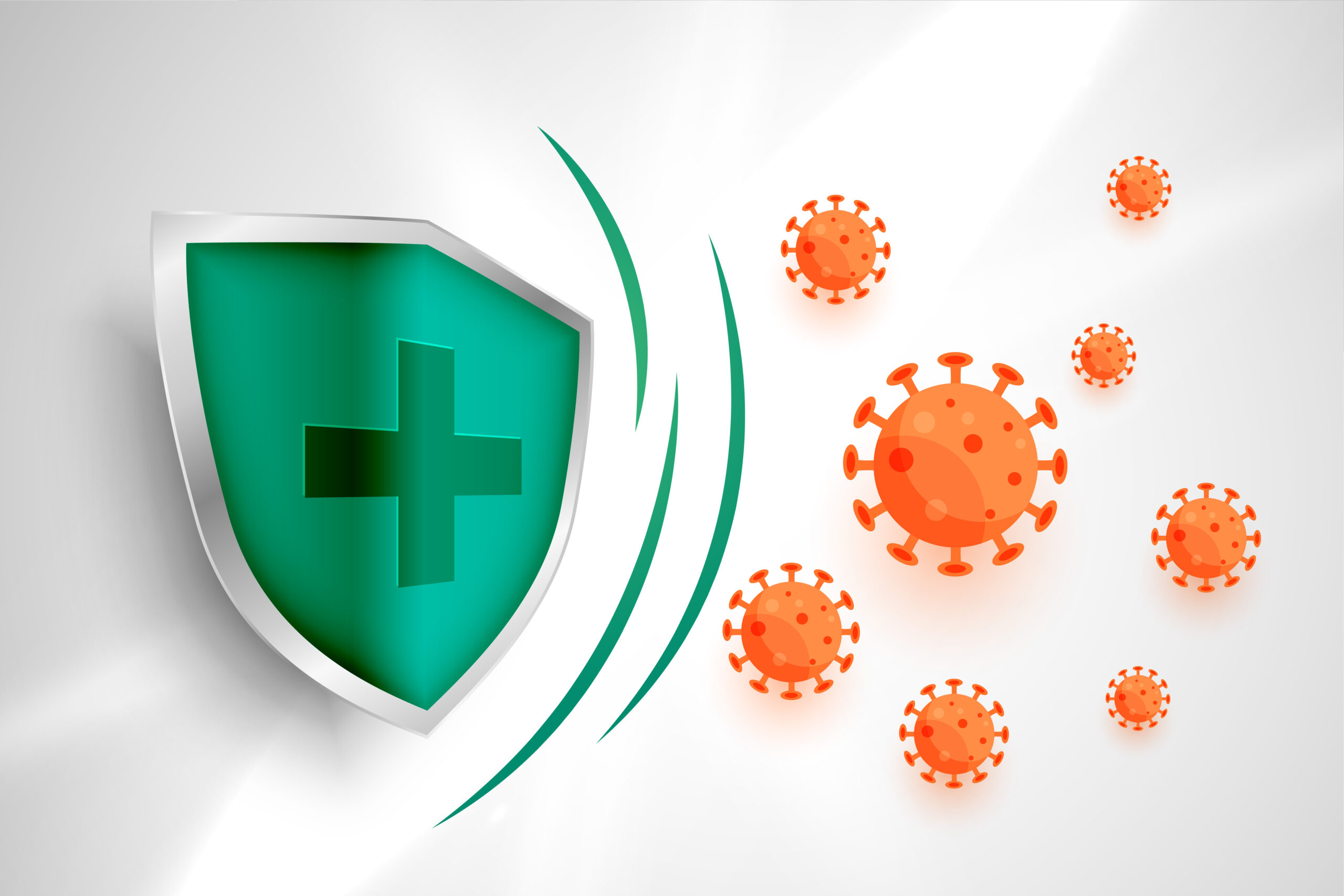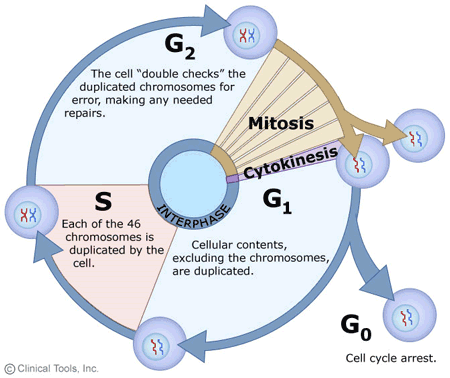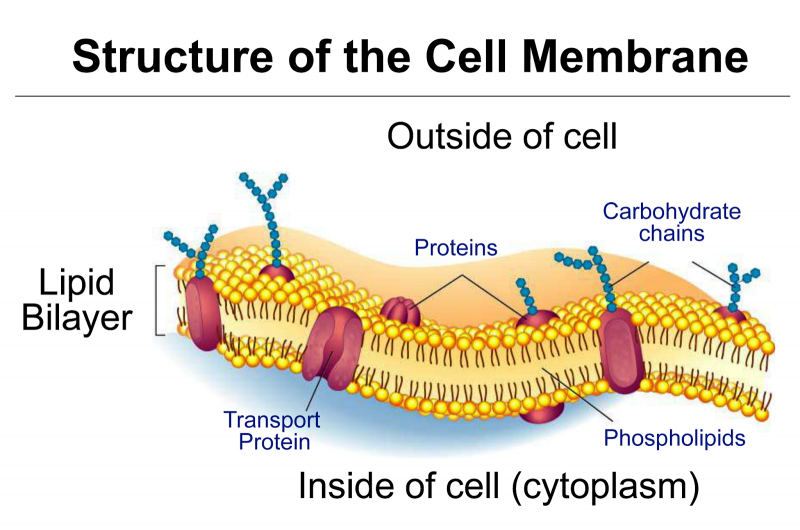Category: Q & A

MCQ on Role of Plasma Membrane
here are some multiple-choice questions (MCQs) about “Plasma Membrane Structure and Function: Key Role in Cell Homeostasis,” along with detailed answers: Question 1: Which of the following components make up the plasma membrane’s basic structure? A) Nucleic acids and proteins B) Carbohydrates and lipids C) Proteins and lipids D) Carbohydrates and nucleic acids Answer 1:…

Quiz: Test Your Knowledge of the Immune System
1) What is the primary function of the immune system? a) Digestion of food b) Regulation of body temperature c) Protection against infections and diseases d) Production of hormones Answer: c) Protection against infections and diseases Explanation: The immune system’s main role is to defend the body against harmful pathogens, such as bacteria, viruses, fungi,…

What is enzyme and characteristics?
Enzymes are biological catalysts that facilitate chemical reactions in living organisms. They are typically proteins, although some RNA molecules also have catalytic activity. Enzymes are essential for life because they speed up the reactions that are necessary for cells to function properly. Without enzymes, many biochemical reactions in the body would occur too slowly to…

Type of Classification System Quiz
Welcome to our “Type of Classification System Quiz!” Are you ready to explore the diverse methods used to categorize everything from living organisms to data sets? Classification systems are essential tools that help us organize and make sense of the world around us. In this quiz, we’ll dive into various types of classification, from biological…

MCQ on Respiration in plant
Q1: Which organelle in plant cells is primarily responsible for cellular respiration? (A) Chloroplast (B) Mitochondrion (C) Vacuole (D) Nucleus Answer: (B) Mitochondrion Explanation: Mitochondria are the main sites of cellular respiration in plant cells, where ATP is produced. Q2: During respiration, what is the primary substrate used by plants to generate energy? (A) Oxygen…

Q & A on living world and taxonomy
Q1. Who is known as the Darwin of the 20th century Ernst Mayr(1940) – During the mid 20th century, Ernst Mayr was one of the ‘architects’ of the synthetic theory of evolution. He proposed Biological concept of species, on the basis of interbreeding Q2. In unicellular organisms the ……………. is synonymous with growth. In unicellular…

Q & A ON CELL CYCLE AND CELL DIVISION
Q 1. Define cell cycle Ans. The sequence of events by which cell duplicates its genome, synthesis of other constituents of the cell and eventually divides into two daughters cell. Q2. Name the phases of cell cycle Ans. A) Interphase B) M Phase Q3. What is the G1phase of the interphase? Ans. The G1 phase Corresponds to interval…

What is the function of the cell membrane?
The cell membrane is otherwise called a Plasma membrane. It may be defined as the thin, elastic, semipermeable living membrane that serves as a boundary for the Cytoplasm. The Cell membrane is made up of glycoproteins and phospholipids. The Functions of the Cell membrane are as follows: Cell membrane or Plasma membrane is a semipermeable membrane present…

Q & A ON REPRODUCTION IN ORGANISMS
Q1. What is life span? Ans: Life span is the period from birth to natural death of an organism. Q2. Define clone. Ans: The individuals that are morphologically and genetically similar to the parent are called clone. Q3. Mention the different means/ methods of asexual reproduction with example. Ans: Cell division – Protista, Monera Binary…
Q & A ON WATER AND MINERAL SALT
Q1. What is the approximate percentage (in mass) of water in the human body? Is this percentage expected to be larger in the adult or in the old individual? Ans: Approximately 65% of the human individual mass is water. The brain, for example, has around 90% of water in mass, the muscles, 85%, and the…
Q & A OF ANATOMY OF FLOWERING PLANTS
Q1) Name the associated structure of companion cell. Ans: Sieve tube cell Q2) Name an enucleated plant cell. Ans: Sieve tube cell Q3) Name the conductory elements of xylem. Ans: Tracheary elements- Tracheids and Vessels (tracheae) Q4) What is periderm? Ans: Phellogen, Phellum and Phelloderm are collectively called as Periderm Q5) What is annual ring?…








